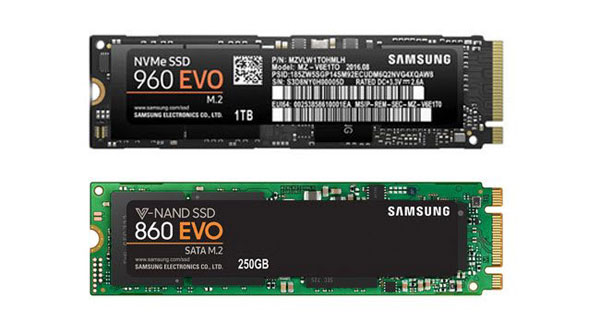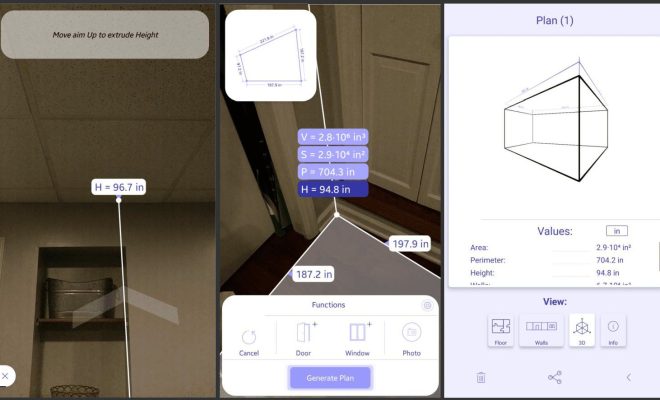NVMe vs. SATA vs. M.2: What’s the Difference Between These SSDs?

When it comes to selecting the right SSD for your computer, there are several options available in the market, and it can be confusing to understand the differences between them. Among the most popular SSDs, NVMe, SATA, and M.2 are often compared, and rightfully so since they each have their own set of pros and cons. In this article, we will dive into the differences between NVMe, SATA, and M.2 SSDs to help you determine which one is the best option for your needs.
NVMe SSDs
NVMe stands for Non-Volatile Memory Express, and it is a high-speed, low-latency interface used for connecting storage devices to a computer’s motherboard. NVMe SSDs are faster than SATA SSDs because they use the PCI Express (PCIe) interface, which is designed to work with solid-state drives. NVMe SSDs can achieve up to 32Gbps data transfer speeds, which is five times faster than the SATA interface.
NVMe SSDs are usually more expensive than SATA SSDs, but their fast speeds and reduced latency make a considerable difference in your computer’s performance. They are ideal for gamers, professionals, and anyone else who requires high-speed data transfer.
SATA SSDs
SATA stands for Serial Advanced Technology Attachment, and it is a standard interface that has been used for years in most desktop and laptop computers. SATA SSDs are cheaper than NVMe SSDs and offer a maximum data transfer speed of 6Gbps. Although SATA SSDs are slower than NVMe SSDs, they are still faster than traditional hard disk drives (HDDs) and provide significant improvements in your overall system’s speed.
SATA SSDs are still a good choice for a computer user who needs to upgrade their system’s storage capability without breaking the bank. They have a mature market that’s well-understood and a reliable foundation that makes computing more seamless.
M.2 SSDs
M.2 is a type of SSD that uses an M.2 slot to connect directly to the motherboard. M.2 SSDs can use either SATA or NVMe interface, and they offer speeds equivalent to either interface’s corresponding speed. However, NVMe M.2 SSDs are faster than SATA M.2 SSDs since the former uses the PCIe interface.
M.2 SSDs are smaller and thinner than standard SSDs, making them smaller and less bulky. M.2 SSDs are best suited for laptops where space is limited and speed is necessary. They are also good for desktops since they allow for a cleaner and more aesthetically appealing build.






